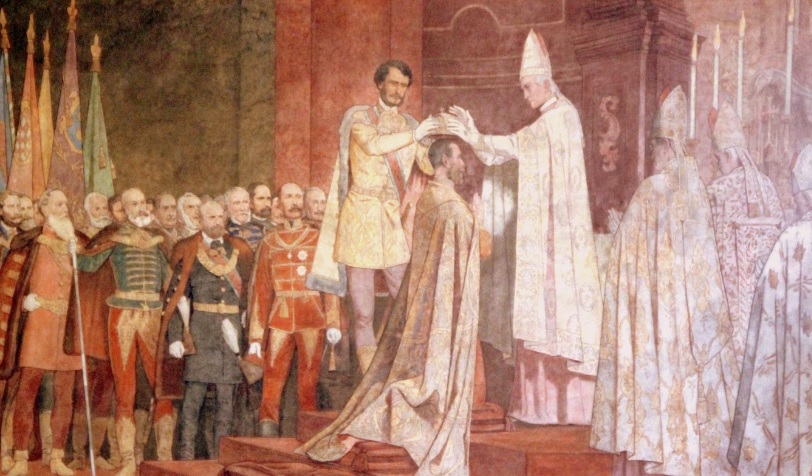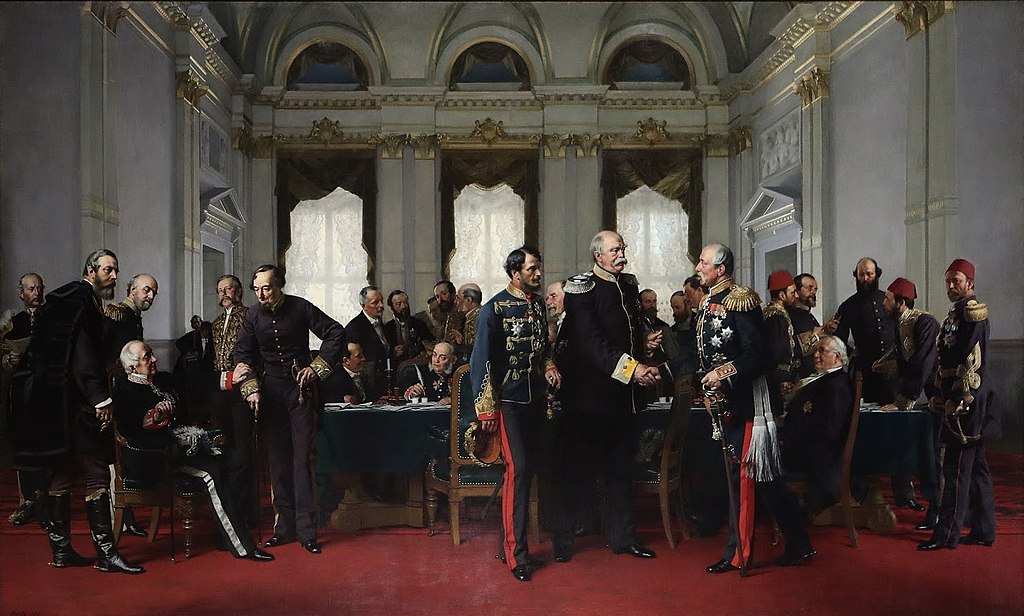The Hungarian prime minister who was hanged but did not die

He was considered the most beautiful man of his time. The ladies of the Paris salons whispered behind his back, but according to gossip, he only had one love, whom he secretly met behind the back of his king and emperor. The monarch, who symbolically hanged him earlier. Therefore, people in Paris regularly called him “the beautiful hanged man” (le beau pendu).
Yes, we are talking about Count Gyula Andrássy. Andrássy was born in March 1823, the year Ferenc Kölcsey wrote the Hungarian National Anthem and two years before István Széchenyi, the Greatest Hungarian, made an offer to fund the Hungarian Academy of Sciences. The flourishing reform era in Hungary (1825-1848) had a significant influence on the young nobleman. He admired Széchenyi but joined Kossuth in terms of vehemence.
After the March 1848 revolution, he became the government representative in Zemplén County. He was among the first to fight against the armies coming to crush the Hungarian revolution. He took part in the battle of Pákozd, a decisive victory over the Croatian army, saving the revolution. Later, he served under Artúr Görgei and became colonel by the end of the successful spring campaign.
He was lucky. The government sent him to Constantinople on a diplomatic mission to garner foreign support for the Hungarian revolution, endangered by Russian and Austrian troops. That is why he was not at home at the surrender at Világos (13 August 1849). Therefore, he could not be brought to a military tribunal. But Franz Joseph’s administration symbolically hanged him in his absence.
The most handsome man of the era
He spent the first half of the 1850s in Paris, where the most prestigious ladies sought his company in the salons because they saw him as the most handsome man of his time.
He married Countess Katinka Kendeffy in the emigration. He returned home in 1857 and worked on the compromise with Ferenc Deák, ‘the wisest Hungarian’. Deák proposed him as prime minister.
Interestingly, the ‘executed’ Andrássy placed the Holy Crown on the head of Franz Joseph during the 1867 coronation in the Buda Palace because he was the palatine of Hungary then. He was a prime minister between 1867 and 1871. Then became the Austro-Hungarian Monarchy’s first Hungarian foreign minister, the most powerful position after the Kaiser those days.

The painting of Anton von Werner depicts him as the central figure of the Berlin Congress (1878), which decided Europe’s future. He is next to Chancellor Bismarck, the leader of the German Empire, one of the world’s superpowers at that time.
Was he in love with Queen Elizabeth, Sisi? Did they have a kid?
Based on gossip, he had a love affair with Sisi, Franz Joseph’s wife. Furthermore, people said that Mária Valéria, Sisi’s daughter, born in 1868, was from Andrássy. Gossip remained gossip. Nobody could ever prove anything else except for Andrássy’s love towards Sisi. However, there is no proof of returning that affection.

However, it seems likely that instead of romantic feelings, freedom and a similar way of thinking about the world bound them together. Franz Joseph considered himself the first clerk of his empire. Thus, he lived like a clerk. Sisi could become free only near Andrássy, an athlete who regularly rode a horse, and took part in social events. In addition, she found a friend with a sensitive heart who never risked crossing the Rubicon during his courtship with the world’s most beautiful queen.
Read also:
- Sisi, Queen of Hungary and Empress of Austria – Read more HERE
- The stormy and unlucky love life of Sisi, Queen of Hungary – Details in THIS article
Source:





